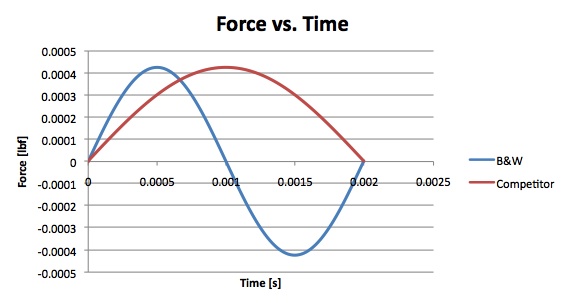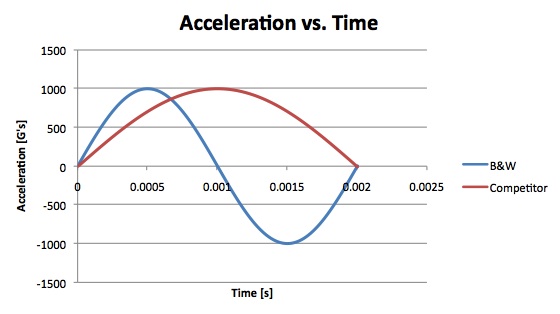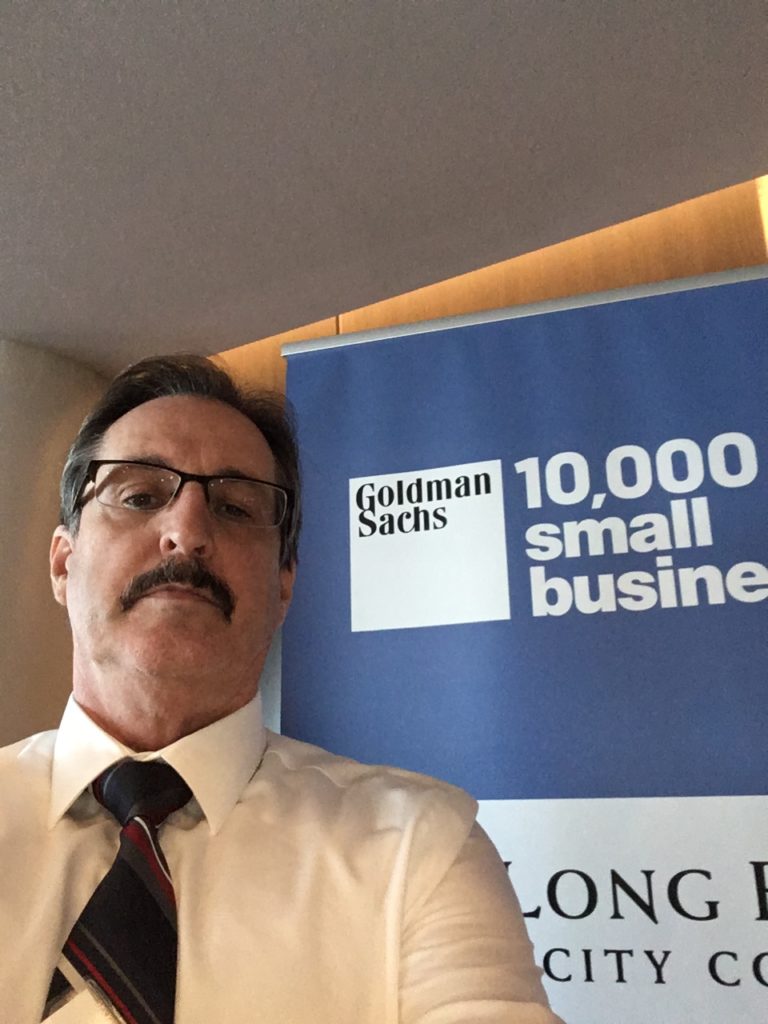B&W Engineering’s commitment to quality and customer satisfaction has never been greater.

Jack Brown, founder of B&W Engineering Corp. was an inspired engineer with dozens of patents before the PIND including the first single point mount of a phonograph cartridge for American Microphone in the 1940s, giving a competitive edge over the 2 point mount in use worldwide. Hundreds of thousands were produced and sold with a higher profit margin. Another benchmark was the development of the “Auto Pilot” by Bill Lear in the 1950s. Jack was his protégé and went on the first flight demonstration to the USAF where Jack had been a Radar Engineer during WWII making the rank of Master Sergeant.
When Jack encountered particle problems while serving as chief engineer at an electronic components manufacturer of space and military products in the 1970s, he designed the optimum PIND system with a patented co-test shock apparatus that truly shocks simultaneously with vibration that keeps even the smallest particles moving long enough to be detected and a degaussing magnet to allow detection of ferrous particles that would otherwise be immobilized by the magnetic field of the shaker.
Headquartered in Costa Mesa, California, B&W Engineering was founded in 1976 by Jack Brown and Hubert White. Garry Black Joined B&W Engineering in 1981 and became President in 1986. Charting his own course for the future, Garry has driven B&W to produce high-reliability quality products by providing best in class environmental testing solutions.
As a member of the Institute of Environmental Sciences (IES) and the International Society of Hybrid Microelectronics (ISHM) Garry has tirelessly pursued the study of microelectronic assembly, electronic reliability, and electro-mechanical engineering. Hundreds of systems later, B&W Engineering continues to innovate and adapt to the needs of our customers providing both commercial-off-the-shelf best in class systems as well as delivering one-off custom configurations.
B&W Engineering is committed to delivering quality and leveraging emerging technologies and techniques to deliver low cost, high performance systems. Today, consistent with our founders’ vision to be best in class, B&W Engineering manufactures the top performing high reliability and environmental test equipment produced in the world. Our reputation is unparalleled for Particle Impact Noise Detection (PIND), Shock, and Vibration test systems all compliant with MIL-STD-883, MIL-STD-750, MIL-STD-202, CECC6500 and many other industry standards for high reliability testing.
- Notable Projects
- F16 Joystick FOD detection #2 washer
- Navy standard 500Lb missiles guidance components
- Phalanx shipboard gun turrets component PIND testing
- Space Shuttle main engine thrust sensors particle size estimation
- Cassini Satellite modal analysis
- JPL mini gyroscopes in vacuum chamber modal analysis with laser vibrometer
- Photonic couplers, splitters, switchers, connectors monitor performance during shock & vibration while powered
- Completed satellites detect #4 washer in transceiver
- Night vision devices particle detection
- Auto emissions control device detect loose carbon pellets.
Newton’s First Law
Law I: Every body persists in its state of being at rest or of moving uniformly straight forward, except in so far as it is compelled to change its state by forces applied.
This law states that if the net force (the vector sum of all forces acting on an object) is zero, then the velocity of the object is constant. Mathematically stated:
Consequently:
- An object that is at rest will stay at rest unless an unbalanced force acts upon it.
- An object that is in motion will not change its velocity unless an unbalanced force acts upon it.
B&W Engineering Corp. is proud to present the next generation in Particle Impact Noise Detection (PIND). With the advent of economical high performance data acquisition and control products and the PC with their intuitive graphical interface, B&W has developed the most advanced and reliable PIND system available. The ease of use of the BW-LPD-DAQ4000 software and the workhorse reliability of over 30 years of the shaker and sensors, ensure this PIND tester will be on the job for many years.
Right from the start of PIND testing B&W patented the first MIL-STD compliant system outperforming the competition by over 30% better detection rate as tested by the NBS (now National Institute of Science and Technology) in a well known 1978 study (NBSIR 78-1590 NASA).
Until now there has been no significant improvement to the PIND test systems. Now the particle (or interference) is recorded in digital format and can be easily recalled for post test analysis. This advancement finally provides the ability to distinguish a particle from other noise that the PIND system has detected. The optional Transient Detector is another failsafe, detecting interference from stray RF and other sources.
The PC interface can generate test reports with percent defective per with run, serial, part and lot numbers. The many other advantages of a PC control include intuitive operation, unlimited test profiles and mixed frequency tests. The versatile Manual Mode is useful for experiments and can apply a vibration frequency sweep (to find resonances that make particle type noise) and apply shocks simultaneous with or without vibration.
How does B&W outperform the competition? According to Newton’s 1st law, a body in motion tends to stay in motion and a body at rest tends to stay at rest. B&W designed the optimum PIND system with a patented co-test shock apparatus that truly shocks simultaneously with vibration that keeps the smallest particles moving long enough to be detected and a degaussing magnet to allow detection of ferrous particles that would otherwise be immobilized by the magnetic field of the shaker.
Unfortunately the MIL-STDs were changed to allow the inferior shock technique of a non-simultaneous shock (“perturbed”), allowing the shaker to stop, shock itself into its stops with a thud and resume vibration. Even the shock duration was changed to a non-standard reference to 50% of amplitude instead of 10% as with all other shock duration measurements. This technique allows smaller particles to re-adhere before the vibration resumes, is more destructive to the device under test by over-stressing it causing micro-cracks, compromising wire bonds and other latent mechanical defects, and ultimately breaks the shaker with costly repairs and downtime.
The shock is the single most important part of the PIND test to detect the smallest particles. Small particles have a very high resonance frequency, so a high frequency shock is the most effective at knocking them loose while stressing the device under test the least. One PIND manufacturer has made the claim that an isolated test at lower frequency, higher amplitude shock at 40% of device maximum was more effective (if you cannot shock simultaneously). This claim does not agree with facts or physics.
The highest frequency mechanical shock is generated by impacting harder materials at higher velocities. For the purposes of PIND testing the minimum shock pulse duration possible is about 50 microseconds. The MIL-STD used the < less than requirement intending to minimize the shock duration, there is no such thing as a Zero Time shock except in theory and it would have infinite Amplitude. This duration will extend naturally as mass is added, so the larger package’s response to an identical shock to a smaller mass will be longer commensurate with the mass, material and geometries, creating what is referred to as the Transfer Function.








CONTACT US
OFFERINGS
PIND
Mechanical Shock
Vibration
Services
Custom Solutions
Garry Black BIO

